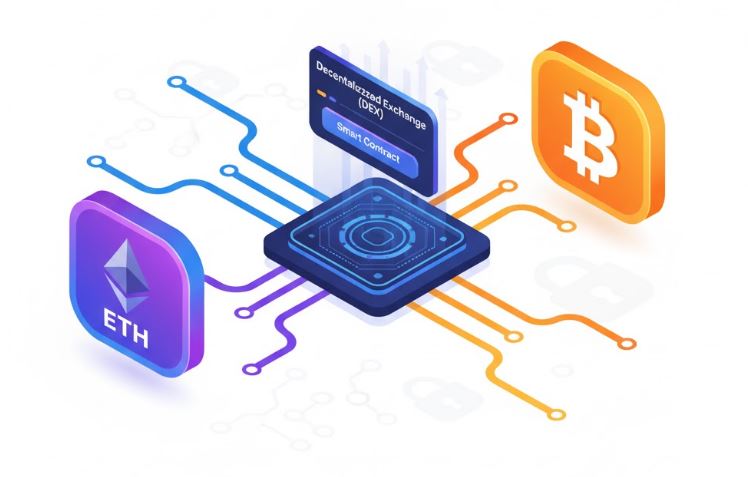If you’ve ever tried to make sense of the crypto markets, you know how chaotic they can feel. Prices rise and fall for reasons that aren’t always clear, and everyone on social media seems to have a different theory about what’s really going on.
But in crypto, there’s one thing that makes it different from traditional markets: transparency. Every transaction, every wallet movement, every token transfer is recorded publicly on the blockchain. You can literally see what’s happening under the hood , if you know how to read it. That’s what on-chain analytics is all about.
In simple terms, on-chain analytics means using blockchain data to understand market behavior. Instead of relying only on charts or news headlines, you can look directly at what’s happening on the blockchain , where the money actually moves. It’s like reading the market’s body language rather than just listening to the gossip.
Here’s an example: imagine a large number of Bitcoin investors suddenly move their coins from personal wallets to exchanges. That might suggest they’re preparing to sell, which could put downward pressure on price. On the flip side, if more coins are being withdrawn from exchanges into long-term storage, it can signal growing confidence , people are holding, not trading.
Analysts also track wallet activity to spot “smart money” , the big players whose moves often happen before major market shifts. By watching what they do on-chain, you can sometimes catch early signs of where the market might be heading. It’s not perfect, but it’s more transparent than guessing.
Beyond trading, on-chain data can reveal the health of an entire ecosystem. You can see how many people are using a blockchain, how much value is locked in DeFi projects, or how active NFT marketplaces really are. It’s a new way of measuring trust and usage , not by hype, but by data that’s right there in the open.
Of course, the challenge is turning that flood of information into insight. The blockchain never sleeps , it’s constantly updating with millions of transactions. That’s why tools like Glassnode, Nansen, and Dune Analytics have become so popular; they organize all that raw data into dashboards you can actually understand.
The key thing to remember is that on-chain analytics isn’t about predicting the future. It’s about seeing the present clearly. It helps you cut through noise and narrative to see what’s actually happening. In a market where rumors move prices, that’s a serious advantage.
Crypto is full of speculation, but it’s also the most transparent financial system we’ve ever had. The data’s all there , you just have to learn how to read it.
Once you do, the market stops feeling like chaos, and starts looking like a living, breathing network , one where every move tells a story, if you know where to look.







